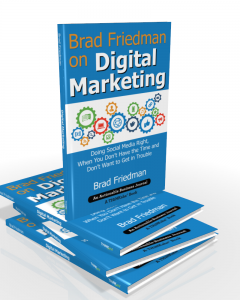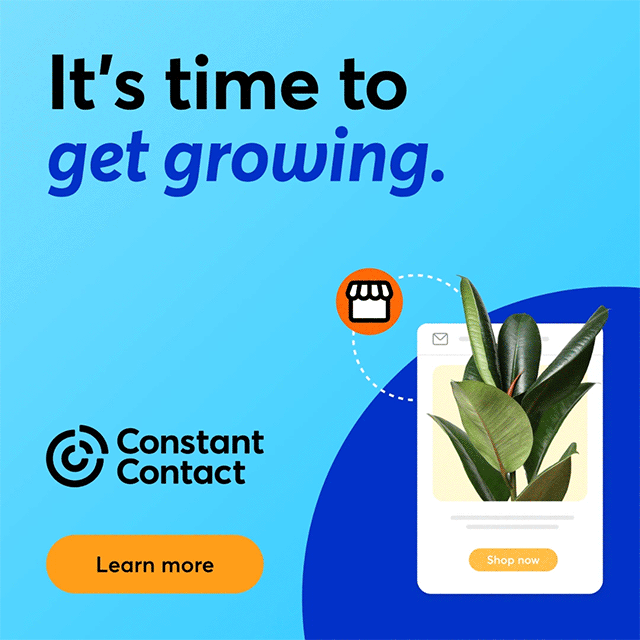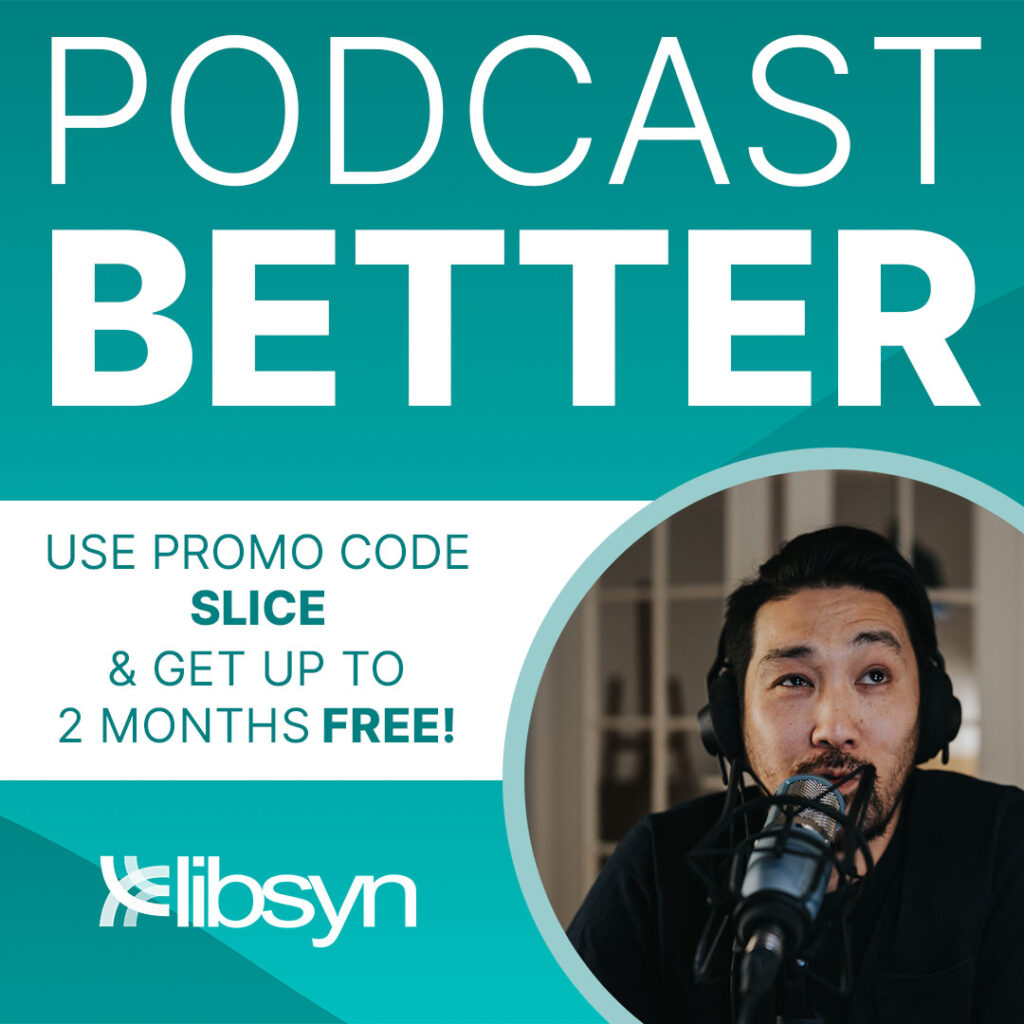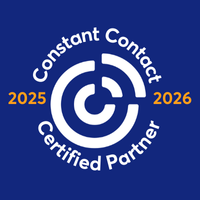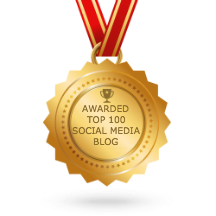True or False tests aim to assess a student’s knowledge of the subject. In business, you cannot operate and attain success unless you know the truth, especially when it comes to social media best practices. You should not simply believe what’s out there, even when it comes from those who are considered gurus in the industry.
Because social media is technology-dependent, no one really knows for sure if a certain social media strategy works. To help determine this we need data backed by research. Scott Ayres, of AgoraPulse, discusses how he and his team work to determine whether these social media best practices are true or false, on this episode of The Digital Slice Podcast.
You have to be out there testing your marketing tactics to ensure the recommendations of your favorite guru applies to your business and can be successfully replicated. As an entrepreneur, you have to aggressively be able to bust those myths, rumors, and stories surrounding social media marketing and be able to peel off garbage until you uncover the truth. The truth is not only going to set you free but enable you to strategize more effectively. The truth will also save you from the things you tend to implement blindly but in the end, do not work.
The Content Scientist
Fortunately for you, there's a professional from the social media management company Agorapulse who takes every effort to gather information, test it out, and reveal the results to you to help you bust those myths. Scott Ayres’ role is a Content Scientist at Agorapulse. He uses research and statistical analysis to divulge the truth about social media strategies.
Scott hosts Agorapulse’s podcast, “Social Media Lab” where he shares his interesting and significant findings. You will find him wearing an orange wig. And he's a character who is not afraid to challenge the status quo and anything else out there framed as a best practice.
Scott goes out of his way to ask individuals from different communities about the questions keeping them up at night. He takes those questions and tests them out. This gives you a more informed way to structure your marketing plan based on practices he's tested and proven. You save on a lot of time and effort while implementing an overall strategy yielding actual results.
Science Versus Happenstance
When you are trying to figure out social media, from LinkedIn to Twitter, to Facebook, Instagram, and the like, you can’t help but wonder whether you are doing the right thing. Does using hashtags really matter? Where should you be putting hashtags in your Instagram posts? What app should you be using to schedule your posts? Scott believes questions like these should be approached in a scientific manner. He insists on going through the steps, gathering data, testing, and analyzing before you apply the results. And we are not just talking about testing it once on a few posts. Some gurus write about a certain technique they have applied once or twice and then call it science. But Scott disagrees and calls this “happenstance.”
On the other hand, what he and his team do is develop hundreds of posts and publish them on active pages to see the difference. They spend as much as 4 to 6 weeks on most of their social media experiments to make sure all variables get considered over an appropriate period of time.
They also use statistical analysis to ensure the results are valid and reliable and then reveal to you which results are statistically significant. This way, what you get is a highly objective view of what works and what doesn't work. Your perspective about your own business is not always objective because it gets clouded by your feelings and emotions. Thus, making use of tests and scientific experiments to give you a clearer and more objective perspective will allow you to leverage social media for your marketing efforts while making data-driven decisions.
The LinkedIn Hashtag Experiment
Most recently, Scott and his team carried out an experiment to find out the effect hashtags have on a LinkedIn post with regard to impressions, reach and views. What they did was include a hashtag on a post on two accounts: one on the Agorapulse LinkedIn Company Page and another one on Scott’s personal LinkedIn profile. To make sure the difference can be attributed to the hashtag added to both posts, the same schedule was followed in posting, same day and times per day - consistency in the schedule was followed for the week. They also used the same 20 pieces of content links that were either directed to the Agorapulse blog or the Social Media blog. One post had a hashtag on it while the other post didn’t have a hashtag. The hashtag was #socialmediatips. So it was the same hashtag used and the same links on each post.
The data results were very positive. On the Agorapulse page, the average number of impressions without hashtags was about 61. Meanwhile, the posts containing the hashtag #socialmediatips in them had 84 impressions. The difference in impressions was 38%, and it confirms how the use of a hashtag tends to increase the number of impressions a post gets. And while the engagement, likes, comments, or shares didn’t change, the increase in impressions with hashtag use implied people were looking for this particular hashtag and they were clicking on it.
On Scott’s personal profile, the post without a hashtag had 86 impressions, but the post with a hashtag on it had 106 impressions, making the latter about 20% higher than the post without a hashtag. If you arrive at the average of the two accounts together, the impressions and views increased to 29.59% with the hashtag which is a huge difference. This is how the magic of adding just one hashtag to a LinkedIn post goes. Scott concludes, “If I’m getting 29% higher reach or impressions on my post just by adding one simple hashtag, I better go add hashtags more to my LinkedIn updates.”
More To A Hashtag
There’s more to a hashtag than meets the eye. Primarily, its purpose is to bring you and your brand in front of new people. Especially those who are searching for your hashtag or following a particular hashtag you’re using. They are not meant for your existing followers. Your existing followers can already see your posts and your content. It is some sort of a bait you throw into the ocean and hope is going get new people to following your page and engage with your content. As Scott put it, “It’s kinda what a hashtag is: it’s just your way of getting in front of new people who didn’t know who you were before.”
So go ahead add those hashtags so you can get in front of more people. Anyway, it does not take much effort and its easy to keep doing it consistently. Also, they’re free to use unlike other tools in your arsenal like paying for ads to increase your impressions, reach, or engagement. Hashtags really are free marketing and advertising effective in eliciting new exposure.
Meanwhile, Scott's not stopping there. Very soon, he is going to test up to 10 hashtags to find out how much impact it will have on impressions and engagement. He and his team will also look into LinkedIn’s hashtag suggestions and whether they are based on the keyword of an article or the title. Either way, Scott believes hashtags are most effective and show up better when posted with good images and with a couple of hundred posts as opposed to bigger hashtags where too many people are posting it in couple of thousand posts.
Instagram Hashtags
As surprising as it may seem, Instagram is a social platform not too many have actually figured out. Scott says, “What’s funny with Instagram, even though it’s been around for a while, it’s still a platform that a lot of businesses, especially small businesses, haven’t figured out.” Because of this, he has opted to do more of his tests and experiments on various strategies used on Instagram. In a recent experiment, Scott and his team tackled the question of where to place hashtags in Instagram posts because, for years, many gurus have recommended placing them in the comments and not in the original post.
So, Scott used 30 hashtags with the same content and placed them in 30 posts in the comment section while the other 30 posts with the same hashtags had hashtags in the post itself. Guess what the result was? Scott found “The reach on the post with the hashtags in the original post was 29% higher than if I stuff the hashtags in the comments themselves.” He goes on to say engagement is higher when the hashtags were placed in the original post. He attributes the massive difference to how these social platforms have been working to ensure no one circumvents the rules and algorithm for impressions and engagement.
If you want to take your social media marketing strategy to the next level, be sure to subscribe to the “Social Media Lab.”
Be sure to listen to this episode of The Digital Slice Podcast to get the scoop on social media myths! And, if you like it, leave a rating and a review!
Please note: The Friedman Group is an inbound marketing agency based in Denver, Colorado, and we work with professionals and business owners across the U.S. Our digital marketing services include: inbound marketing, social media marketing, email marketing, and digital marketing strategy and implementation.


![Episode 23_560 [PODCAST] Busting Myths, Rumors And Stories In Social Media](https://friedmansocialmedia.com/wp-content/uploads/2018/12/Episode-23_560.png)


